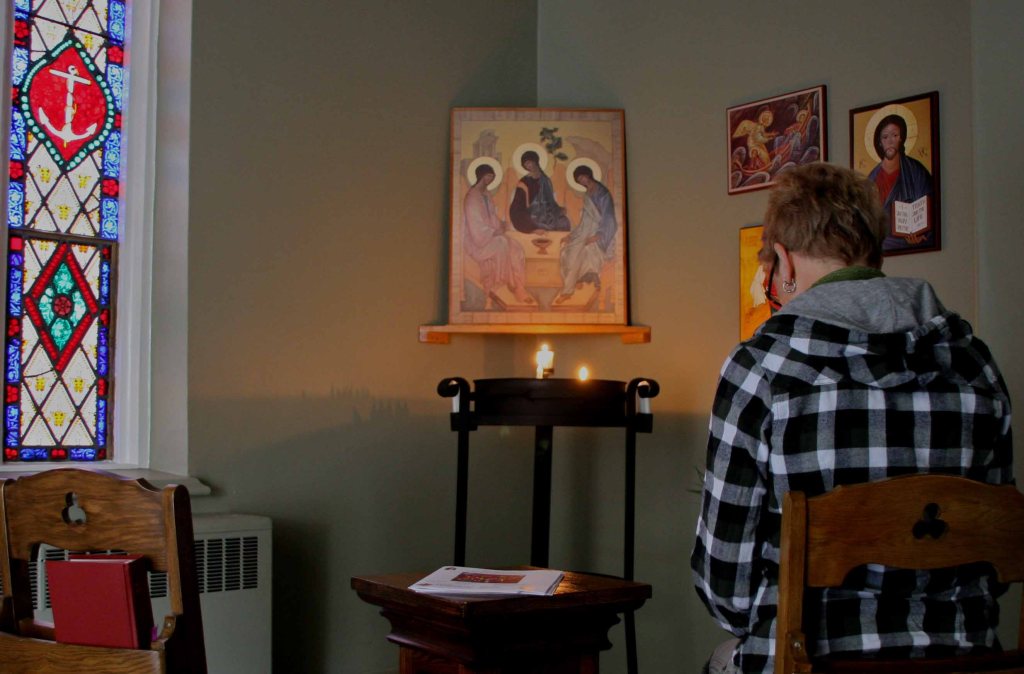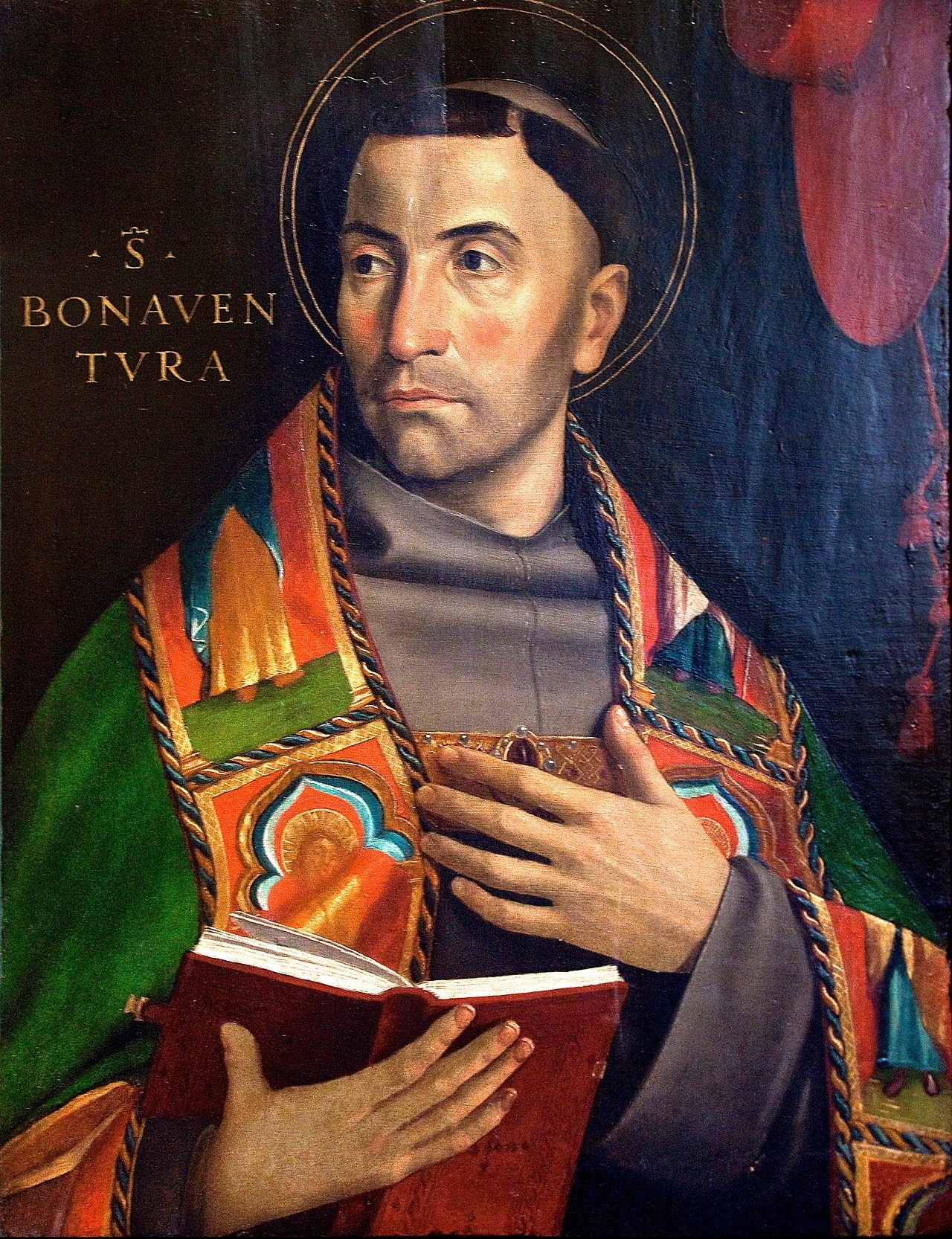 A Survey of the Philosophy of the Good, the True and the Beautiful. An Online Course taught by Dr Carrie Gress for Pontifex University
A Survey of the Philosophy of the Good, the True and the Beautiful. An Online Course taught by Dr Carrie Gress for Pontifex University
When I first decided, many years ago now, to become an artist, I wanted to know how to create beautiful art. Given this goal, it seemed obvious, along with all the other aspects of my formation, that I should start reading about beauty itself.
However, to my surprise, I found very little to help me from Catholic writers. Books on aesthetics talked at length about the nature of beauty - and some seemed true (although many didn't) but barely anyone seemed to offer anything that was of practical use to an artist.
Everyone told me to read Jacques Maritain. I'm probably going to commit a heresy that will offend Thomists here, but I wasn't at all convinced by him either. As I read through Art and Scholasticism, which was admittedly, full of complex reasoning about the nature of beauty, I still wanted to ask the question: and how do I use all of this to help me judge what is beautiful? I am an artist, how is all this going help me to decide whether or not to direct the brush to the left or to the right? But there was very little there to help me.
Finally, right at the end of the book, he told us that the embodiment of all that he had been describing was in the paintings of Braques and Picasso. You have to be joking, I thought. I knew that their work was designed so as to promote an anti-Christian worldview, yet he seemed to be unaware of this. After pages and pages of proofs justifying the objectivity of beauty, in the end, even for Maritain it came down to an arbitrary application of personal taste to tell us that beauty is what he happens to like. Why not just forget the first 300 pages, I thought, and tell us that the answers to what is beautiful, is that it is what clever philosophers say it is? This principle of elitism was no different from any university in the country, where the intellectuals use wordy arguments to tell you what they like is good and you're a Philistine if you think differently.
Although many Church Fathers had written about beauty, they didn't treat the subject separately and so it was difficult to know where to find references to it if they were sprinkled across the whole corpus of the writings. St Thomas is one of these.
I was faced with the prospect of reading volumes and volumes of ancient works, in the hope of finding the occasional nugget of wisdom or hope that someone else had done it first. Strangely, the best anthology I could find was a coffee table book, lavishly illustrated, by an atheist who didn't even believe in objective beauty, but nevertheless knew how to represent the arguments clearly - Umberto Eco. The book was called A History of Beauty. It had short quotations bu very little explanation.
Now, finally, we have a course by a Catholic that gives you a thorough survey of the way that beauty, along with its sisters, goodness and truth from which it can't really be separated. It is better than anything I have seen before - taking you from the ancient Greeks right the way through to awful moderns in a systematic and clear presentation.
A Survey of the Philosophy of the Good, the True and the Beautiful is offered as part of Pontifex University's Master of Sacred Arts program and it is taught by Dr Carrie Gress. Some of you may know her through her bestselling book, The Marian Option, or through her regular articles on various websites such as the National Catholic Register. Dr Gress is also an accomplished philosopher, who obtained her PhD in philosophy from Catholic University of America. She has done all that reading that I was baulking at! And has put it all together for the benefit of all in a stimulating and clear presentation.
Dr Gress's wonderful online course will give you an understanding of the different ways that the great and influential figures of the past - Plato, Aristotle, St Bonaventure, St Thomas and the medievals, for example -understood what beauty is. Through this you will be able to form your own view - there is no single Catholic definition by the way, however much we might like it to be the case. Furthermore, by taking the full Master of Sacred Arts program you will understand how to apply what you learn in your own lives and work.
This an introductory philosophy course. The approach is to assume high intelligence but not necessarily a background in philosophical principles. Therefore, anyone can learn from it. She takes the trouble to explain everything from the foundation of first principles and from there guides you right up to the high peaks!
Incidentally, though clearly very important, St Thomas is not the only contributor to this story! There are many people with important and different things to say on the subject. And as Dr Gress is an expert on Jacques Maritain, you can listen to her explanation of his work and decide for yourself what you make of him - you don't have to adopt my point of view!
You can take it as part of the Master of Sacred Arts program or as a stand-alone, for credit or audit. www.Pontifex.University. It is a recorded online course, so you can register at any time, and take it at your own pace.
The painting below is Raphael's famous School of Athens. I suggest that given Dr Gress's course goes from Athens right up to the present day, there isn't a wall big enough to illustrate all the philsophers she talks about!















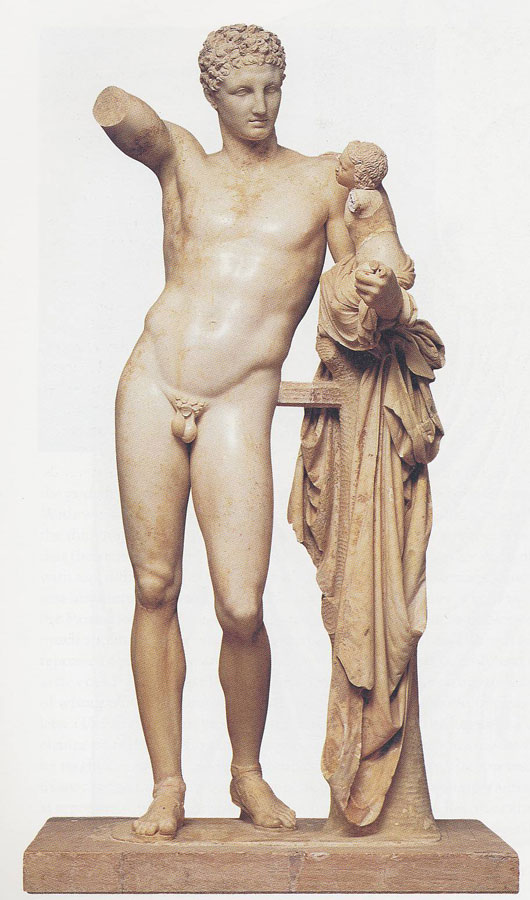


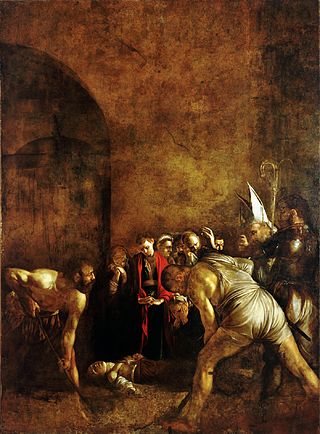
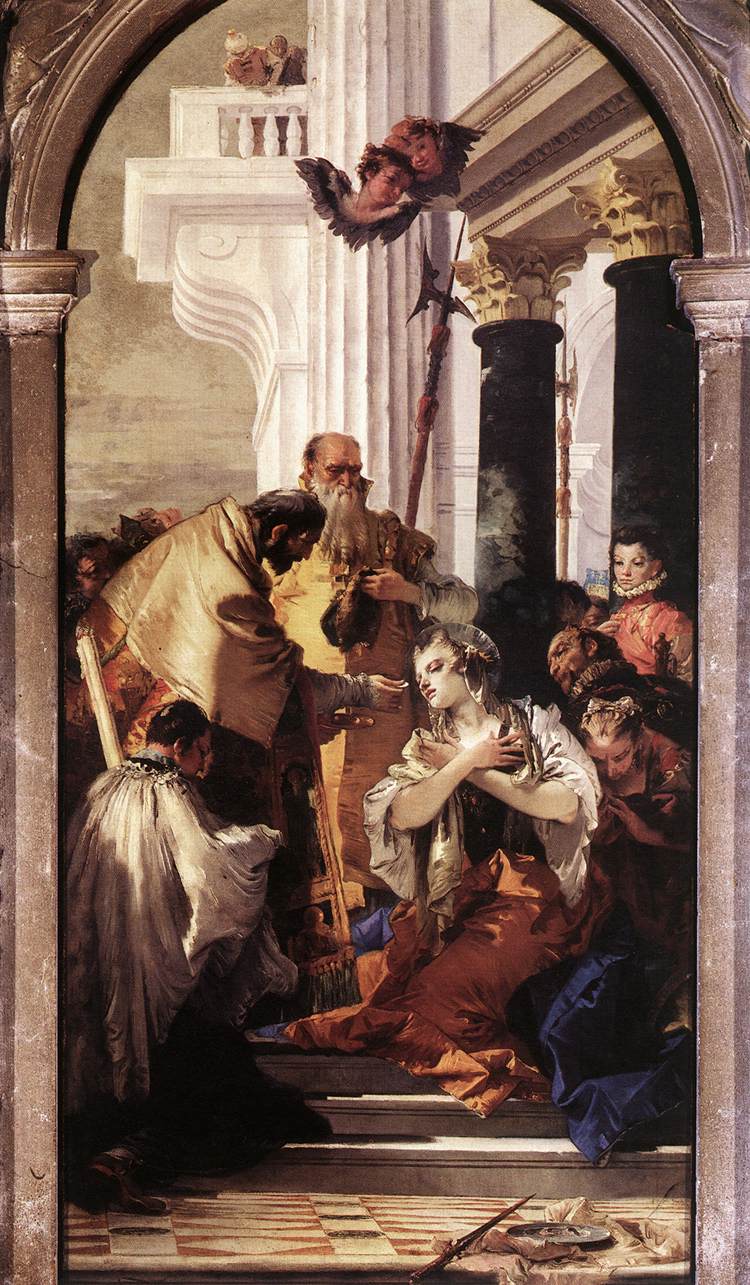 Other attributes we will see are a palm branch - which is appropriate to all martyrs - as seen in this famous Renaissance period painting by Francesco de la Cossa
Other attributes we will see are a palm branch - which is appropriate to all martyrs - as seen in this famous Renaissance period painting by Francesco de la Cossa  And, people struggling to move her. The consul Paschasius ordered that she be removed to a brothel and abused until she died. However, teams of men tried but failed to move her. We see this in the painting below in this 15th-century depiction. Teams of oxen are being used.
And, people struggling to move her. The consul Paschasius ordered that she be removed to a brothel and abused until she died. However, teams of men tried but failed to move her. We see this in the painting below in this 15th-century depiction. Teams of oxen are being used. 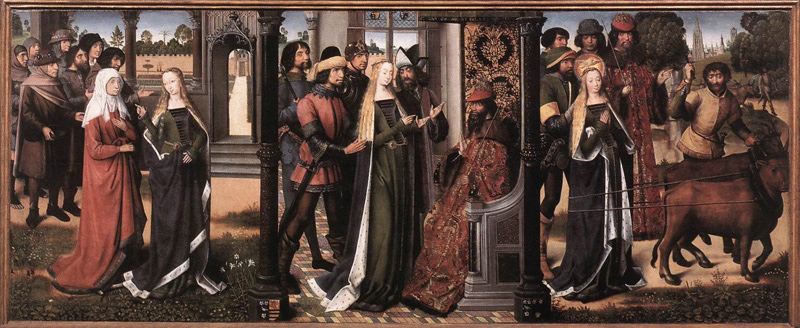 A tradition iconographic image has the saint holding a cross as a sign of martyrdom as in the beautiful fresco:
A tradition iconographic image has the saint holding a cross as a sign of martyrdom as in the beautiful fresco: 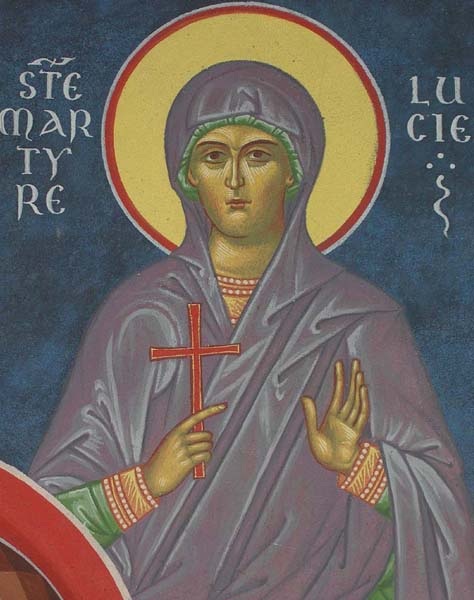 I finish with Caravaggio and his burial of St Lucy. This is a late painting done when he was in exile, so to speak, from Rome and living in Sicily, the home of St Lucy. It is an altarpiece and in my opinion, one of the most brilliant paintings he has done. I do not know if the stylistic development is by accident or design, but regardless I like the result. Notice how much more this reflects the developing baroque style than his early work. It is shrouded in more mystery, with disappearing edges, far more numinous monochrome rendering and less colouration than he might have painted in his youth. The composition is brilliant, with the arcs of the arcs of the limbs of the two figures in the foreground creating a mandorla, which frames the figure of St Lucy.
I finish with Caravaggio and his burial of St Lucy. This is a late painting done when he was in exile, so to speak, from Rome and living in Sicily, the home of St Lucy. It is an altarpiece and in my opinion, one of the most brilliant paintings he has done. I do not know if the stylistic development is by accident or design, but regardless I like the result. Notice how much more this reflects the developing baroque style than his early work. It is shrouded in more mystery, with disappearing edges, far more numinous monochrome rendering and less colouration than he might have painted in his youth. The composition is brilliant, with the arcs of the arcs of the limbs of the two figures in the foreground creating a mandorla, which frames the figure of St Lucy.  This is one of a series of articles written to highlight the
This is one of a series of articles written to highlight the 







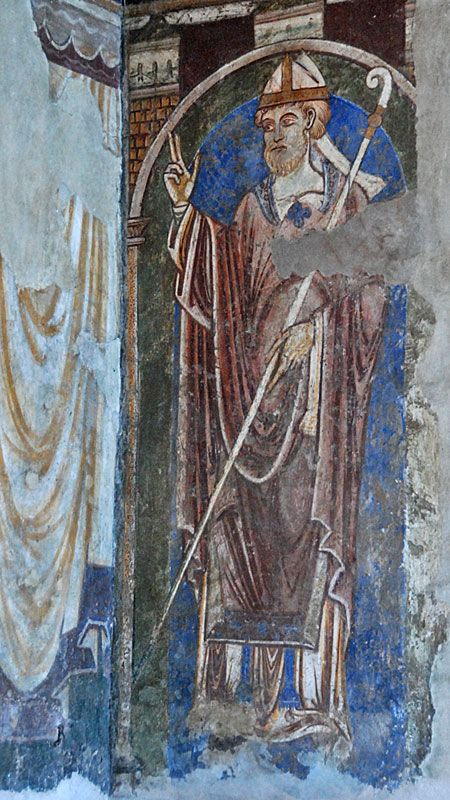
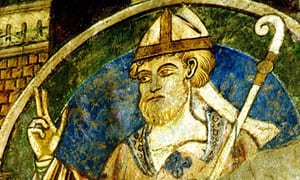
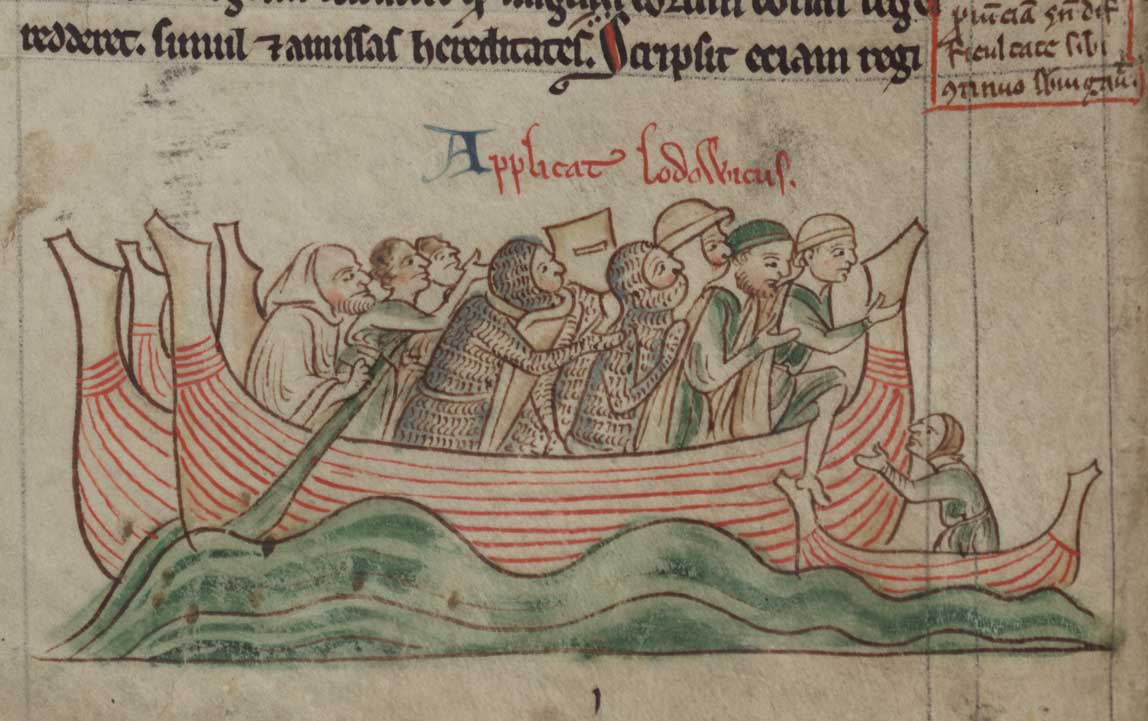
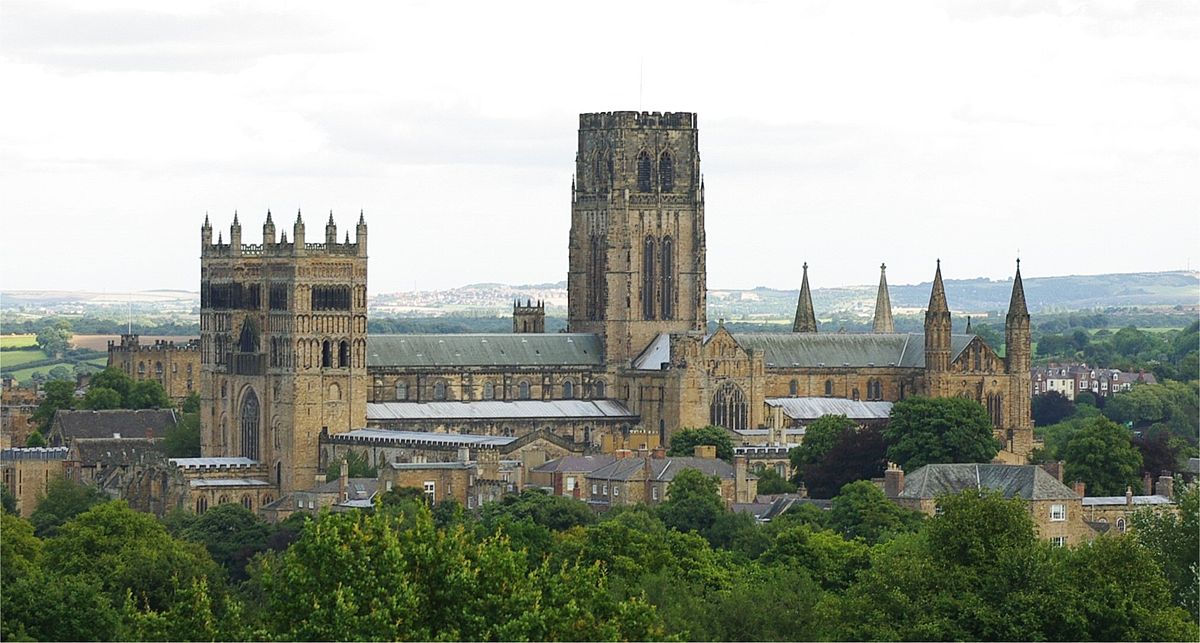
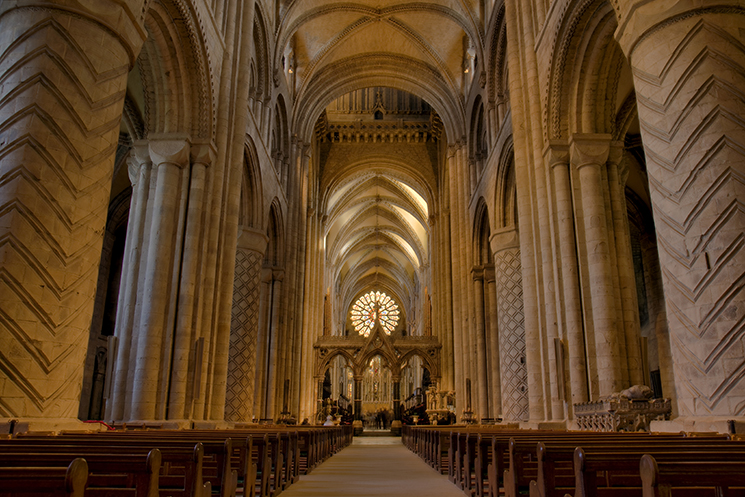
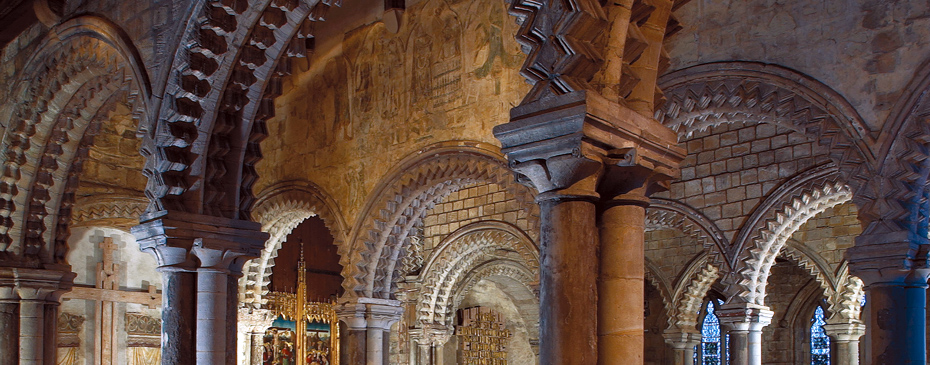



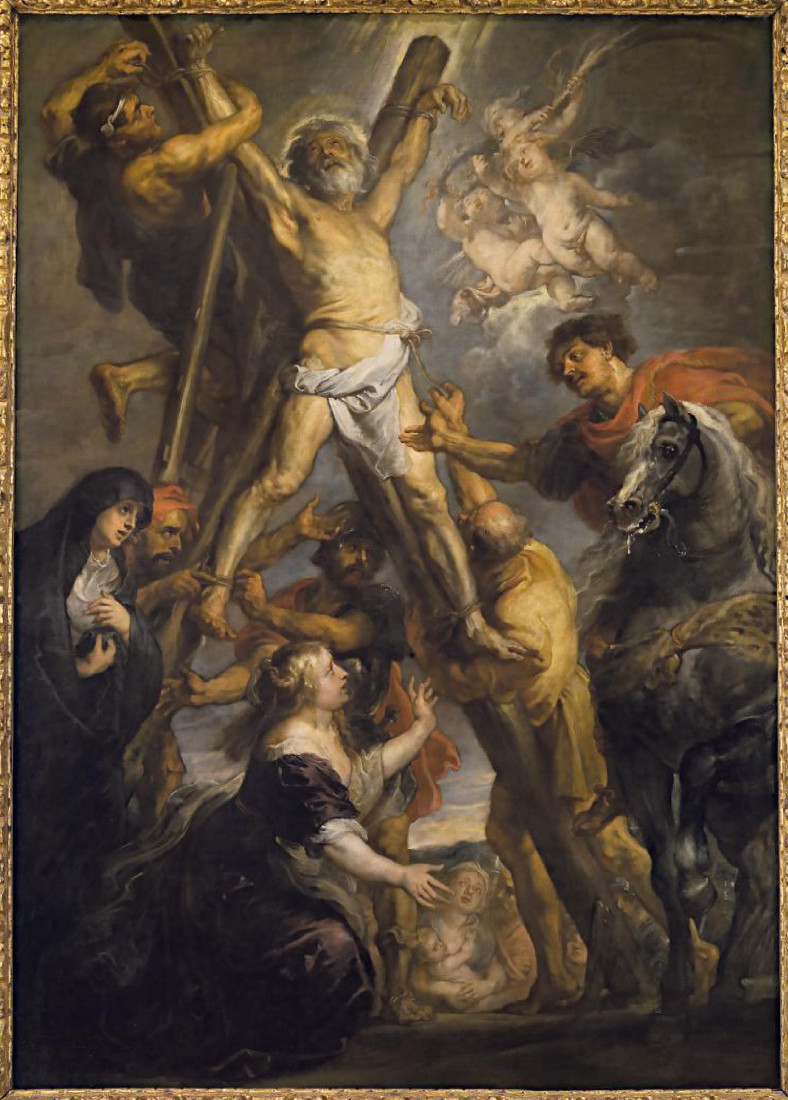

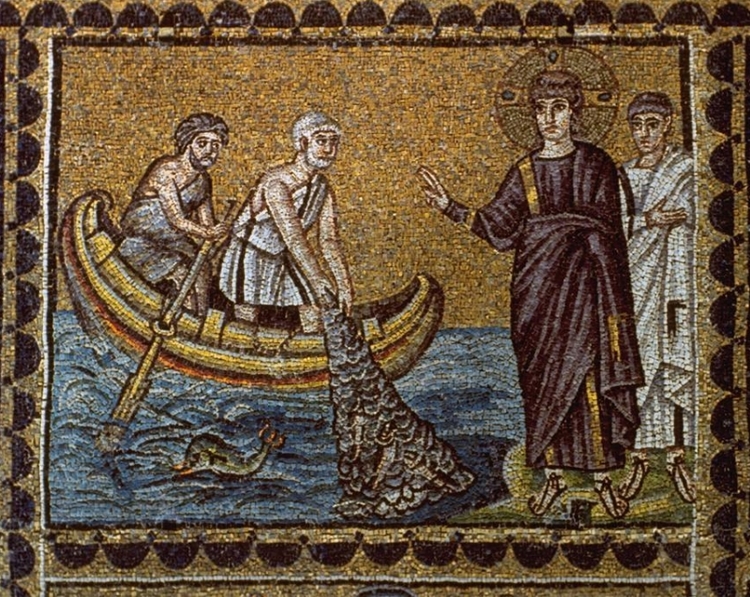




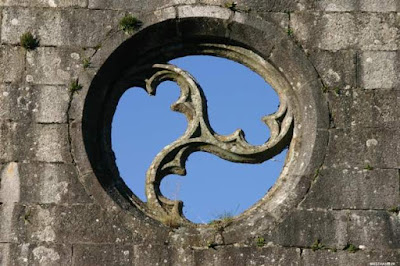



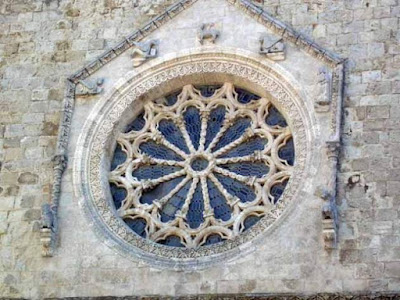

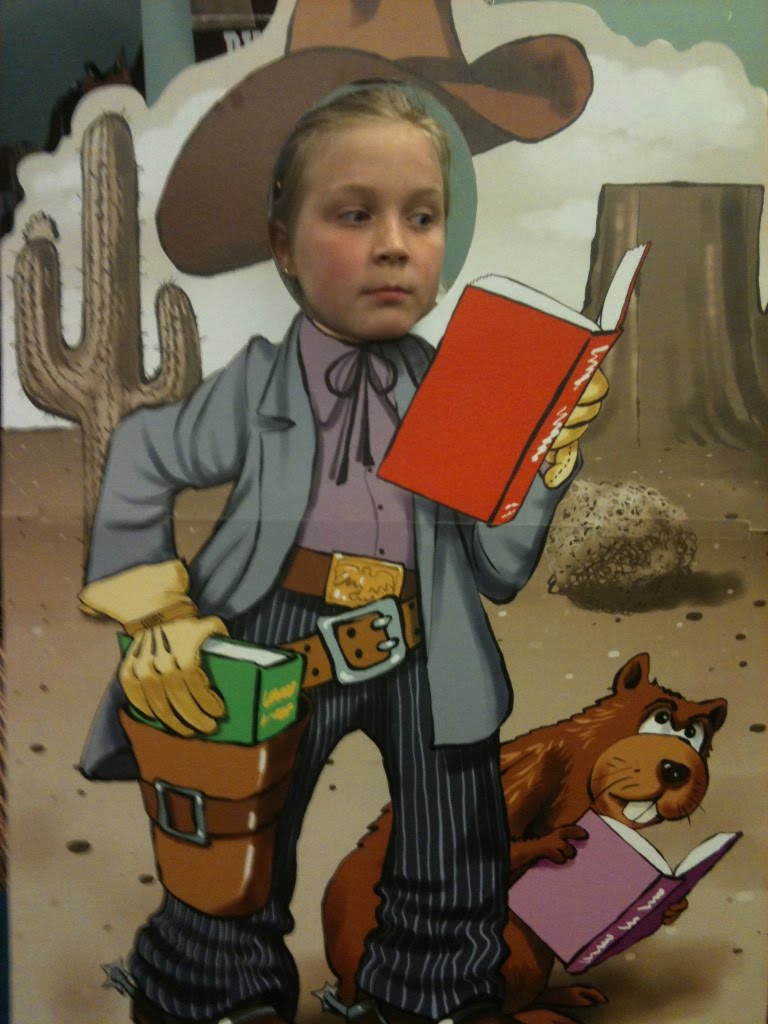
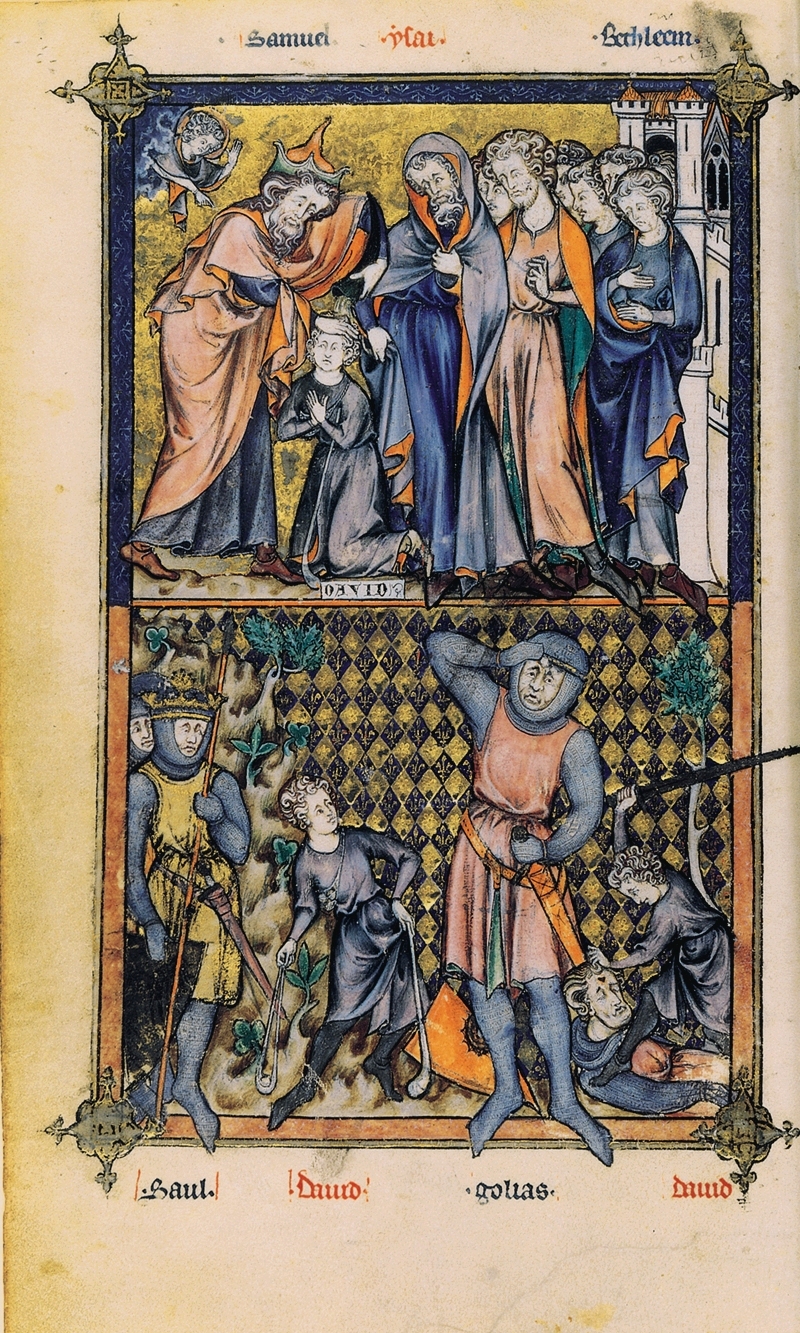





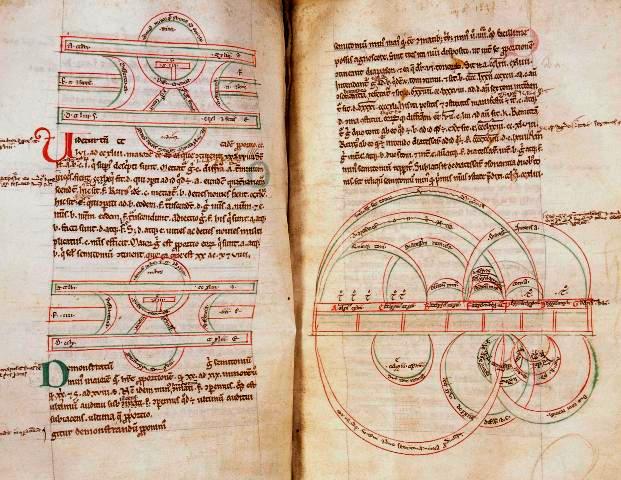

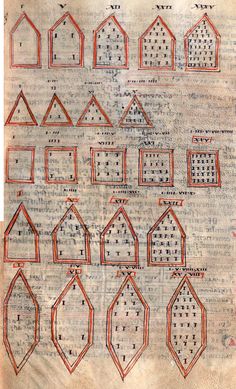







 Anyone who is interested in an overview of Catholic social teaching and the economic policies that are in harmony with it should read this book. It is published by the Institute of Economic Affairs and is available from Amazon or as a free download from the IEA website
Anyone who is interested in an overview of Catholic social teaching and the economic policies that are in harmony with it should read this book. It is published by the Institute of Economic Affairs and is available from Amazon or as a free download from the IEA website 
